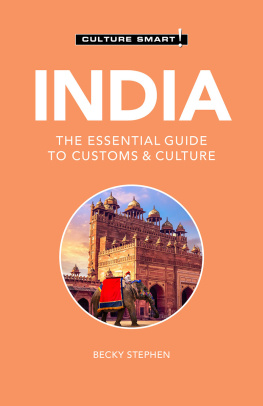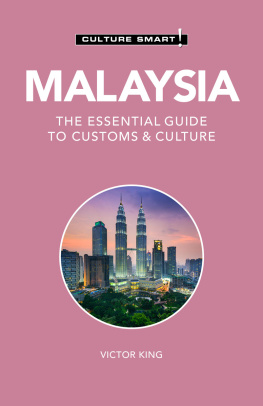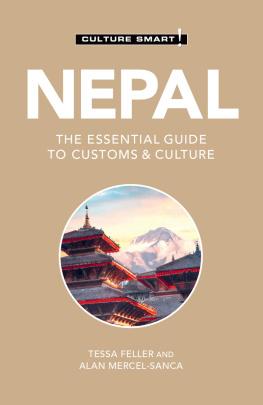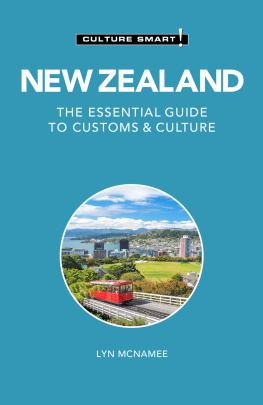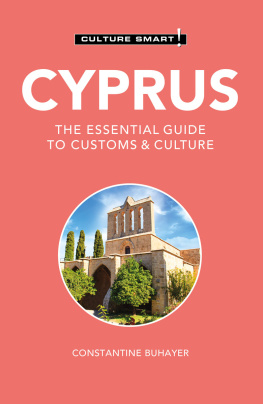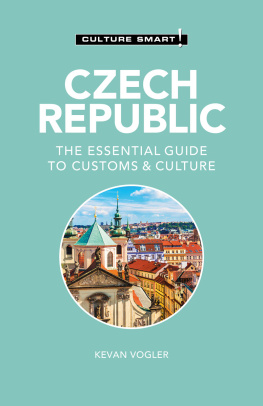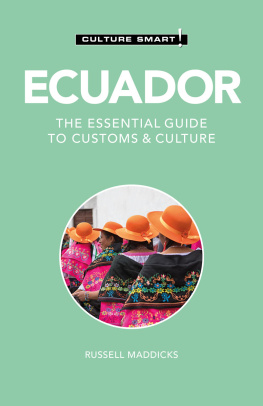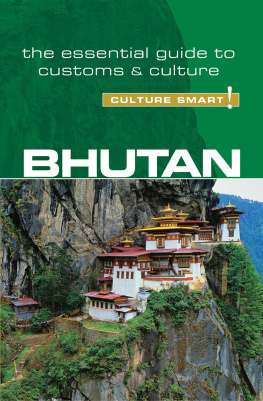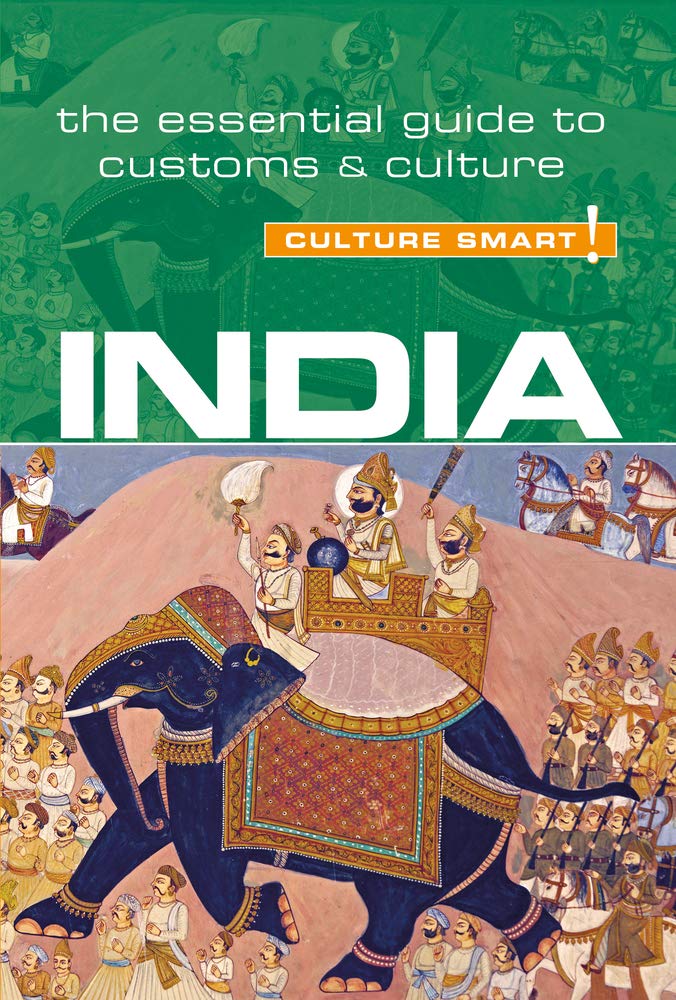Copyright 2016 Kuperard
Revised and updated edition 2016
All rights reserved. No part of this publication may be reprinted or reproduced, stored in a retrieval system, or transmitted in any form or by any means without prior permission in writing from the publishers.
Culture Smart! is a registered trademark of Bravo Ltd.
ISBN 978 1 85733 840 9
This book is also available as an e-book: eISBN 978-1-85733-841-6
British Library Cataloguing in Publication Data
A CIP catalogue entry for this book is available from the
British Library
First published in Great Britain
by Kuperard, an imprint of Bravo Ltd
59 Hutton Grove, London N12 8DS
Tel: +44 (0) 20 8446 2440 Fax: +44 (0) 20 8446 2441
www.culturesmart.co.uk
Inquiries:
Series Editor Geoffrey Chesler
Design Bobby Birchall
Images on these pages are reproduced under Creative Commons Attribution Share-Alike licenses 1.0, 2.0, 2.5, 3.0 and 4.0: Srisez.
Reproduced under Creative Commons Attribution 2.0 Generic license: counterclockwise.
Creative Commons Attribution 3.0 Unported license: Shahnoor Habib Munmun.
Creative Commons Attribution-Share Alike 4.0 International, 3.0 Unported, 2.5 Generic, 2.0 Generic and 1.0 Generic license: Yann.
Reproduced under the GNU Free Documentation License, Version 1.2 or any later version published by the Free Software Foundation: ).
v3.1
About the Author
BECKY STEPHEN was born in the USA as an air force brat, growing up in several states, as well as in England. Long fascinated by Indian culture and philosophy, Becky went to India in 1988 to study Hindi at Banaras Hindu University, Varanasi. She met her South Indian husband there and ended up living in Varanasi for five years. Becky has a Masters in Cross Cultural Studies from Fuller Theological Seminary, Pasadena, California, and has developed and led cross-cultural and other training programs and events in the USA, India, Eurasia, Europe, and the Arabian Peninsula. After three years in Dubai as a management consultant and cross-cultural trainer, she moved with her husband and son to Atlanta, Georgia, USA, where she trains and supervises Americans on long-term international assignments.
The Culture Smart! series is continuing to expand.
For further information and latest titles visit
www.culturesmart.co.uk
The publishers would like to thank CultureSmart!Consulting for its help in researching and developing the concept for this series.
CultureSmart!Consulting creates tailor-made seminars and consultancy programs to meet a wide range of corporate, public-sector, and individual needs. Whether delivering courses on multicultural team building in the USA, preparing Chinese engineers for a posting in Europe, training call-center staff in India, or raising the awareness of police forces to the needs of diverse ethnic communities, it provides essential, practical, and powerful skills worldwide to an increasingly international workforce.
For details, visit www.culturesmartconsulting.com
CultureSmart!Consulting and CultureSmart! guides have both contributed to and featured regularly in the weekly travel program Fast Track on BBC World TV.
contents
Map of India
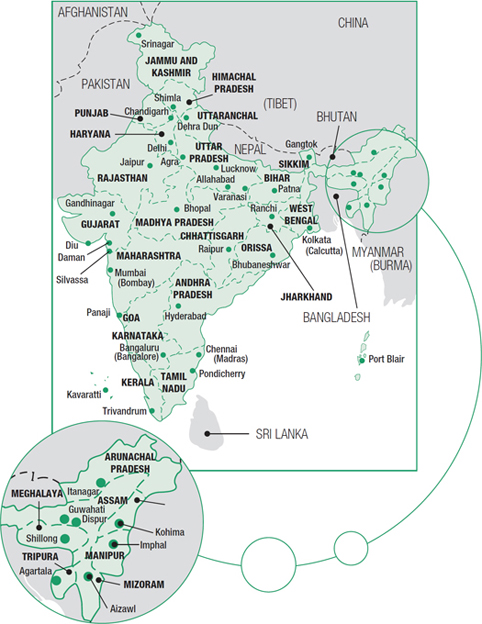
introduction
India. The name instantly evokes associations and images in our minds. India has painted its colors on nearly every aspect of modern Western life. The food we eat, how we decorate our homes, what we wear, how we exercise, the movies we watch, the technology we use, and the religious options available to us have all been influenced by the many cultures and peoples of India. Indian languages have even entered our vocabulary: pundit, jodhpurs, and pajamas were Hindi words taken up by the British Raj; catamaran, pariah, and curry are Tamil contributions.
Seen from afar, perceptions of India may be based on overwhelming statistics on population and snapshots of poverty; technological competition in the global market; exotic art forms; and ancient history. All this is true. But at its heart India is its people. Mother Indias 1.2 billion children are as varied and colorful as the spice markets of Old Delhi. Each region, caste, and community has its own culture, reflecting unique histories shaped by conquest, creativity, and religion, expressed in distinct languages, social customs, art forms, and expectations of life.
In the face of 5,000-year-old traditions, India is changing. Yet, despite enormous changes, in many ways it remains the samea total sensory experience. The chaos and beauty of color and sound, the language shifts every ten miles, the household variations of spice and spiciness, the insistent smells of everyday life lived very much in public, and the invasion of personal space will challenge the most experienced traveler. But it is in surrender to your senses that you begin to embrace the essence of India and to understand its people.
As you experience India up close, you will begin to understand something of the seemingly infinite capacity of Indians to live with paradox. The spectacle of Indias proud traditions and the Indians love for their land is commingled with tensions and prejudices rooted in conquests and rivalries long past. Ancient temples decorated with bright colors and intricate sculptures may be plastered with signs advertising the latest technologies. You will smell the burgeoning slums that have been part of the rapid urbanization of the last century, and meet an affluent middle class that was nonexistent before the last few decades. Youll taste the metallic tang of pollution as your auto rickshaw darts through traffic, competing with delicious aromas steaming from the vats of street vendors.
Steeped in tradition, exceptionally fatalistic, and intensely passionate about their culture, Indians are some of the most ingenious, adventurous, and creative people on the planet. Warm and friendly, most will respond to your interest in them and their country with generosity and genuine friendship. But they also have indelible ties to family and community that form boundary lines and determine decisions that do not always seem reasonable, from the outside.
Visitors responses to India can be as extreme as the people and places they encounter there. This book aims to make you aware of the basic values and behavioral norms, to show you how to navigate cultural differences and connect with real people, and to offer insights into the sometimes frustrating, but endlessly fascinating, place that is India.
Key Facts
| Country Name | Republic of India | In Hindi, Bharatiya Ganarajya (Bharat) |
| Capital | New Delhi | Old Delhi (Shahjahanabad), in the heart of New Delhi, was the Mughal capital. |
| Most Populated Cities | Mumbai 18.4 million
Kolkata 14.1 million
Delhi 16.3 million
Chennai 8.6 million
Bangaluru 8.4 million | India has 46 cities with a population of more than 1 million. |


